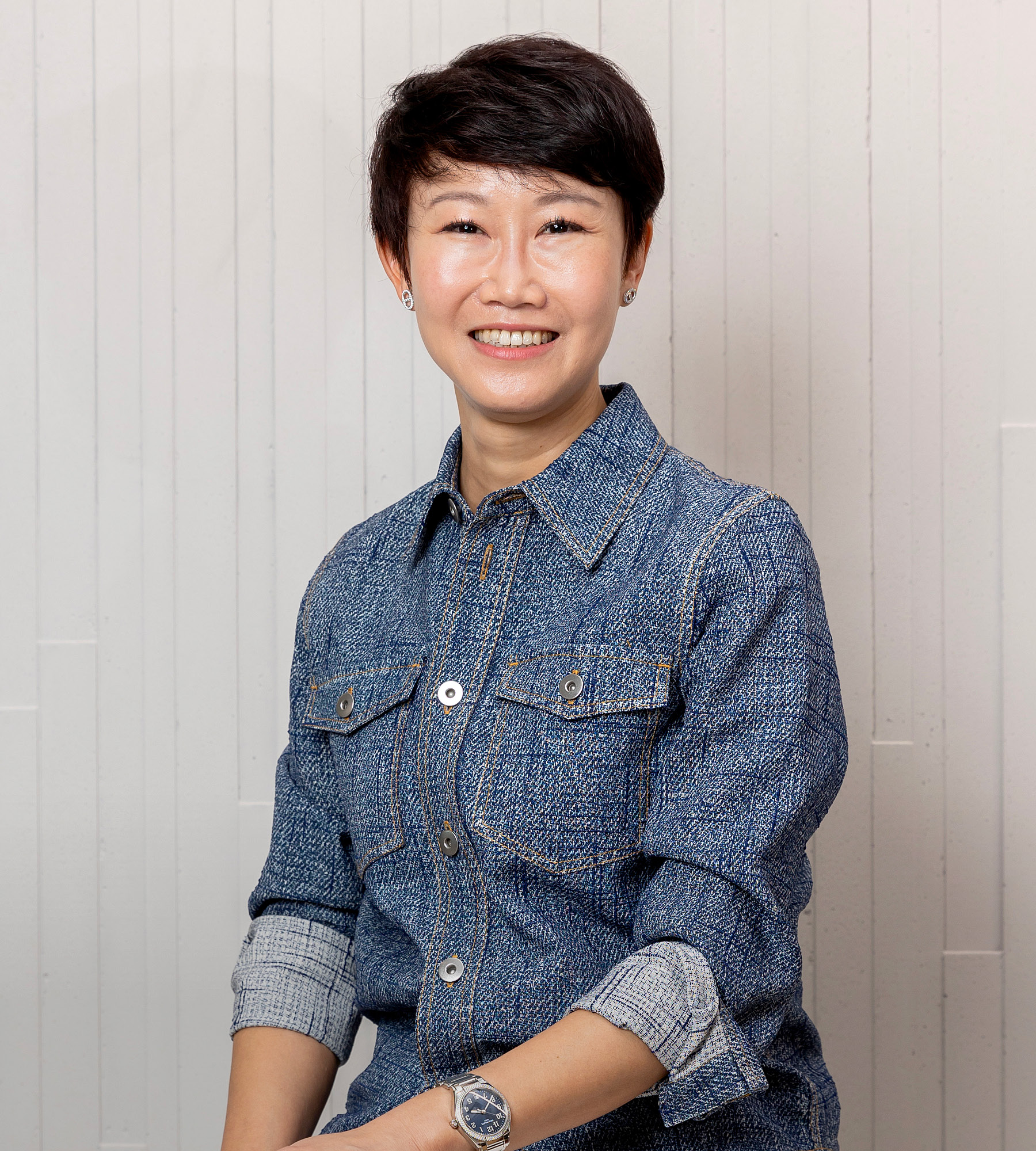Language
You can read the magazine in one of the following languages
The smile may be one of the simplest means of communication, but it is also one of the most powerful. Said to be contagious, the simple facial movement is capable of tricking your brain into feeling happiness.
So when the COVID-19 pandemic struck, its absence became a source of great concern for Leigh & Orange Architects’ Managing Director Ivy Lee. “During the pandemic, people looked very worried,” she tells The CEO Magazine. “It was very unsettling.”
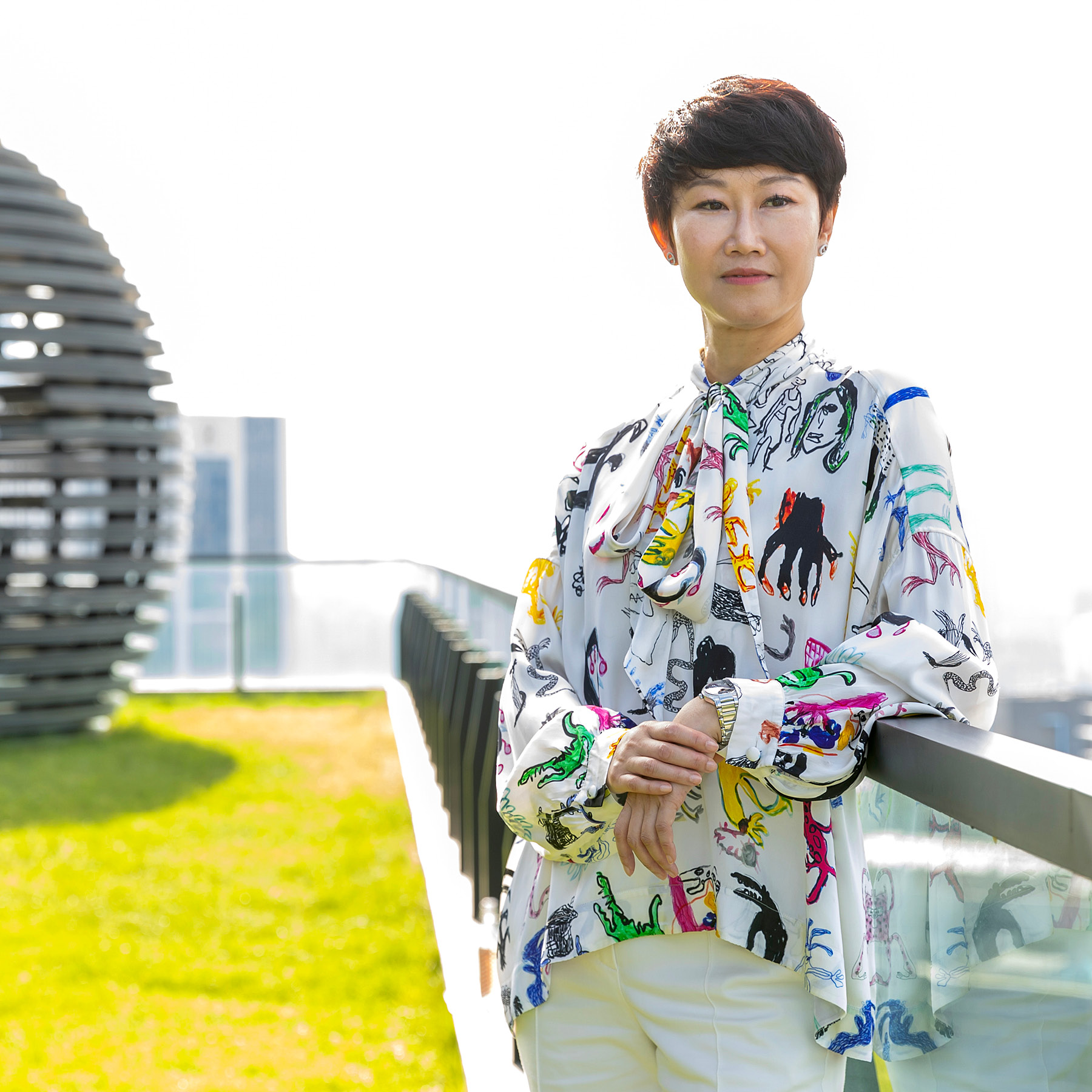
It was a downturn in morale that the architectural design firm could not afford to ignore. Under the watchful eye of Lee, the firm set about restructuring the company to prioritize the wellness of its people.
Now, as it celebrates its 150th year, the architectural design firm can also bask in the reassurance that it stands in a better position than ever, due to its willingness to embrace change and evolve for the future.
It is a talent for transformation that has helped the company thrive over the last century and a half, and has proved especially useful in recent times, with the last few years riddled with upheaval.
During the strict restrictions imposed during the pandemic, where face-to-face contact become exceptionally difficult, Leigh & Orange’s team found itself having to think outside the box to maintain close relationships with its clients and to continue to foster creative collaboration. International opportunities for the burgeoning firm were also curtailed as travel ground to a halt.
“We had to spend a lot of time working remotely, not as a team, which is actually very important for us in our industry, in our design process,” Lee recalls.
The pandemic’s impact was further heightened by the fact it followed a period of social unrest that had stirred up a great deal of uncertainty. “These uncertainties really affected us back in those days,” she says. “We had a longer period of instability and following that, we had a sudden drop of workforce across the board.”
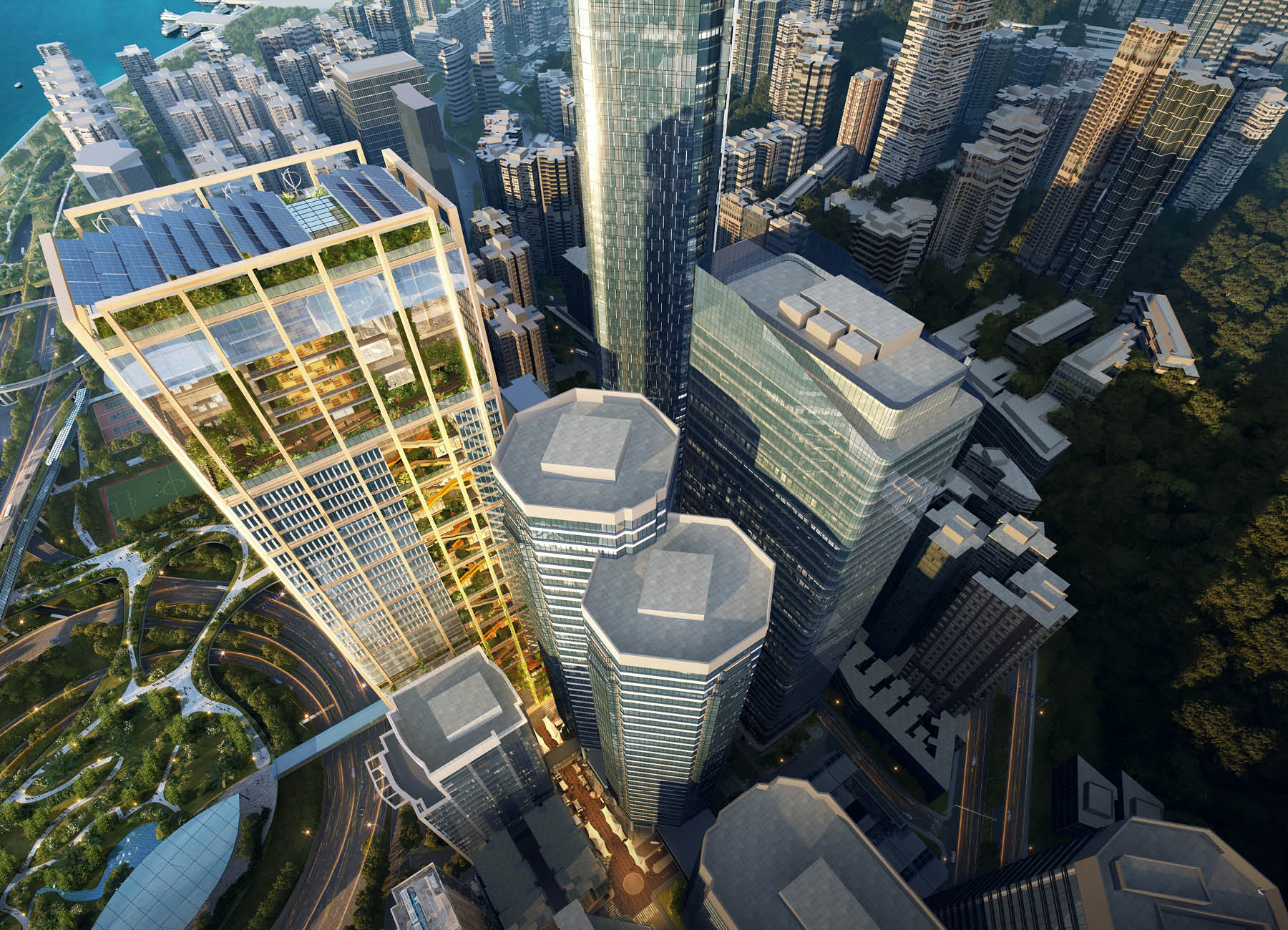
Advancing Net Zero Ideas Competition, Hong Kong, China
Leigh & Orange saw many management level and core staff say their farewells as they sought opportunities overseas. But the phenomenon reached beyond the firm’s own ranks, destabilizing the entire construction industry, which also hindered the firm’s projects.
Even now, the firm is seeking to support and improve Hong Kong’s less than ideal construction safety culture, with the Construction Industry Council attributing between 70 and 80 percent of fatal industrial accidents in 2023 to the mentality and habits of workers.
“That’s something that we are really concerned about, as part of that construction industry,” Lee notes.
Other stressors faced by the firm include geopolitical tensions, the economic slowdown and its impact on the general business market, as well as a noticeable drop in cash flow.
“Because of that, we can see extensive competition among consultant firms, and that is starting to impact on the general quality and standards within the profession,” she says. “So we are concerned about that as well.”
And while the industry was starting to make some decent headway on the sustainability targets required to make a tangible difference to climate change, Lee has seen that impetus drop away amid all the other distractions.
“The push toward net zero seems to have suddenly waned in the last couple of years, and we are not seeing the key changes being implemented.”
Even with all of these troubles put to one side, the challenges faced by architectural firms are universal and ongoing. “We may think we have a brilliant design, but sometimes these merits may not be appreciated,” Lee explains.
“We want iconic, meaningful, dramatic architecture, but that hasn’t always been well received and so there will be compromises – whether in terms of regulations, budget or program.”
But dark clouds often have silver linings, and for Leigh & Orange, these challenges have certainly inspired innovations that have set the company on the right path, enabling it to put those smiles back on the faces of its employees.
“I honestly think challenges bring out the latent talents of our people in handling crises,” she reflects. “It was a very painful process, but I’m so grateful that we have people in the company, and also in Hong Kong in general, who are naturally resilient. I would say we have this resilience in our DNA. After all, we have gone through many crises in the past.”
Rather than adopting a timid approach, Leigh & Orange has swung in the other direction, looking at potential areas for investment. “Despite the fact that, in the last few years, you could see the economy downturn, and cash flow seems to be a big issue, our board is positively investing in a few aspects of our operations,” Lee says.
In order to enhance the company’s internal processes and optimize efficiency, Leigh & Orange has invested in cutting-edge technology and systems to set it up for the future. Each employee has been set up with the necessary equipment to effectively work remotely, enabling the firm to offer more flexible working conditions.
“We allow ourselves to focus on the internal process and optimize efficiency. And by doing that, we have to invest in a lot of technology and our corporate backbone. So we have to invest to push for more technology and a better system,” she explains. “We’ve also made our IT system more robust by investing in the newest critical cybersecurity advancements.”
Administration and other operational tasks have also been digitized.
But perhaps the biggest change for the company’s head office in recent years has been its move to a new premises. In 2023, the company relocated from its Taikoo Place office to its new home in K11 Atelier King’s Road, marking the start of a new era.
The wellbeing of Leigh & Orange’s staff was front of mind during the whole design process, with a number of features added with precisely this in mind.
These include a specially designed nursing booth for nursing mothers, a multipurpose ‘GreenWell’ area that can double as an informal meeting space and an inventive pantry concept, which allows staff to enjoy their food away from their desks.
A multipurpose conference–boardroom–event space was also added to make it possible to open up the entire foyer for parties and special occasions.
Another major aim was to ‘be creative with sustainability’, in line with the green building requirements of the BEAM Plus Platinum Building accreditation – an ambitious undertaking given strict regulations around material finishes and lighting solutions. It set the in-house interior design team quite the challenge, but one they rose to admirably.
Innovative sensor-operated zoning and a heating, ventilation and air-conditioning system that balances the need for air quality with energy efficiency are among the features that set the office apart. Lee also highlights the green rooftop, which was provided by the developer, and the dynamic program of events organized by the admin team in the office as popular features.
“Our people don’t just work in the office. They actually spend quality time here,” she says. “Because we have this open plan office and we have a lot more common space, they can actually have a drink there, have a little party, have their meetings, do a lot of their individualized training and continuing professional development.
“In Hong Kong, most of our flats are small, so people actually enjoy coming into the office to have more space and see people. It’s something we didn’t really anticipate, but it’s a very good outcome.”
All in all, the move to the new office represented an investment to the tune of US$1.3 million. “The reason why we decided to spend a considerable sum of money to move was to focus on staff wellness and health,” she explains. “The last few years of the pandemic gave us a wake-up call. Health, family, wellness – especially mental wellness – are all very important and you cannot buy them.
“Now, we have a higher ceiling height, we have a full sea view and at the rear is a full green view. More importantly, we have more space. I can see people start to smile again. People generally feel really happy. They love to come back here. It has become part of their lifestyle and has changed productivity quite significantly.”
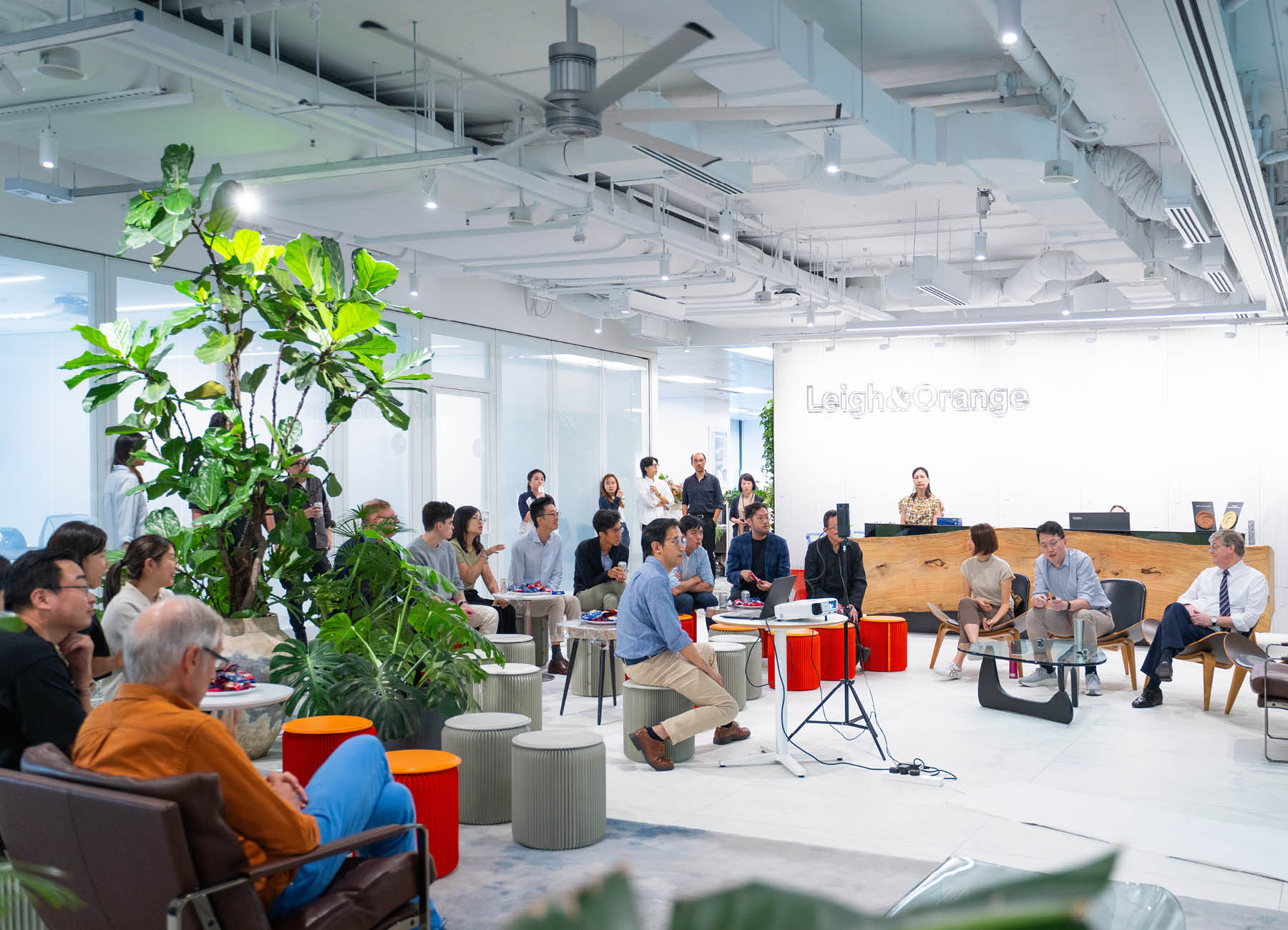
The Leigh & Orange GreenWell Studio. The company’s new office has achieved Platinum rating under the BEAM Plus Interiors V2.0 Beta Version. The office showcases a low-carbon design and culture, prioritizing the wellbeing and comfort of all employees.
Beyond the new physical face of Leigh & Orange, more work has been taking place behind the scenes. “We also reconstructed the company,” Lee says. “We had no choice because we lost a lot of staff and the retention of staff is a challenge.”
The new structure prioritizes the needs of the company’s people, and while she believes work–life balance is actually a myth, the term points vaguely in the right direction.
“We redefined that and asked, ‘What do you mean by work–life balance?’ To find out what’s hidden deep down behind this term, we conversed with our staff at all levels,” she explains.
“We’re becoming very transparent with them. We had a lot of conversations around their circumstances, around the major decisions of how to work – whether to come to work or not.”
Whereas before, management had simply decided what approach to take, prompting widespread concern among its people, now the company is taking a different tack. “When we started to give them the bigger picture, give them more information and let them choose, it turned out they all felt very comfortable returning to work,” Lee says.
Even those who were unable to be physically present at the office remained committed and were no longer as worried. “So I think the transparency, the communication also led to this change in mindset,” she explains. “You have to maximize flexibility to individuals, to give them personal customization. It’s not as simple as just working from home.
“We found ways to work out with them individually how best to empower them to have that work–life balance. They are architects. They want to do something, but it is their circumstances that get in the way.”
For so many, family is more important than ever and Leigh & Orange is determined that its employees should not feel like they have to choose between work and their family. “So through lots of customization, flexibility, communication and mentoring, we have found ways to retain our staff,” Lee says.
“That is a success, and that helps us to reconstruct our management, because we have also lost a number of senior members in the team. So we are looking at how we structure the team, how to streamline the management and operations.”
Redefining the company’s objectives and targets is part and parcel of this hefty overhaul, with goals focused more on teamwork and collective achievement than individual achievement.
“We’ve all become more flexible in a way,” Lee reflects. “All in all, by investing more in innovation and wellness, that has helped us to sustain through this challenging time.”
Leigh & Orange is taking a similar approach with its projects, harnessing the latest trends and technologies to create industry-leading structures, which raise the bar and change the very essence of how we use buildings.
InnoCell is one such example. The development, set within the Hong Kong Science Park, was designed to attract talented individuals to Hong Kong by offering them affordable accommodation in the heart of one of Asia’s most expensive cities.
“It was a simple mission, but we explored a few ideas because we wanted to go beyond the routine style of traditional living and challenge ourselves and our client to truly innovate,” Lee says.
Considering the needs of this next generation was fundamental to this innovative plan, with the Leigh & Orange team pondering Hong Kong’s dense, urban environment in search of a solution.
“We developed a framework called ‘Co-living and coworking lifestyle’, which is not a new idea but it’s particularly important in Hong Kong because it is so dense and expensive,” she explains.
The end result involved a private living space as well as areas that could be grouped together to create a shared space. “So everyone enjoys a much bigger living environment, a shared environment suitable for work and recreation,” she says.
“We could have a common kitchen, gym, music room, all sorts of activities rooms within the building, just because everyone donates half a square foot, or one square foot. But then, with 400 units, you could have another 400 square feet [27 square meters]. That’s the concept.”
The project, completed in 2020, has already been heralded as a great success, winning countless awards, particularly for its environmental credentials. Its creation of common areas that bring people together has also won acclaim, particularly after the isolation of the pandemic. “People love to get together and are naturally gregarious,” Lee says.
“It is particularly important for scientists, for the research industry.”
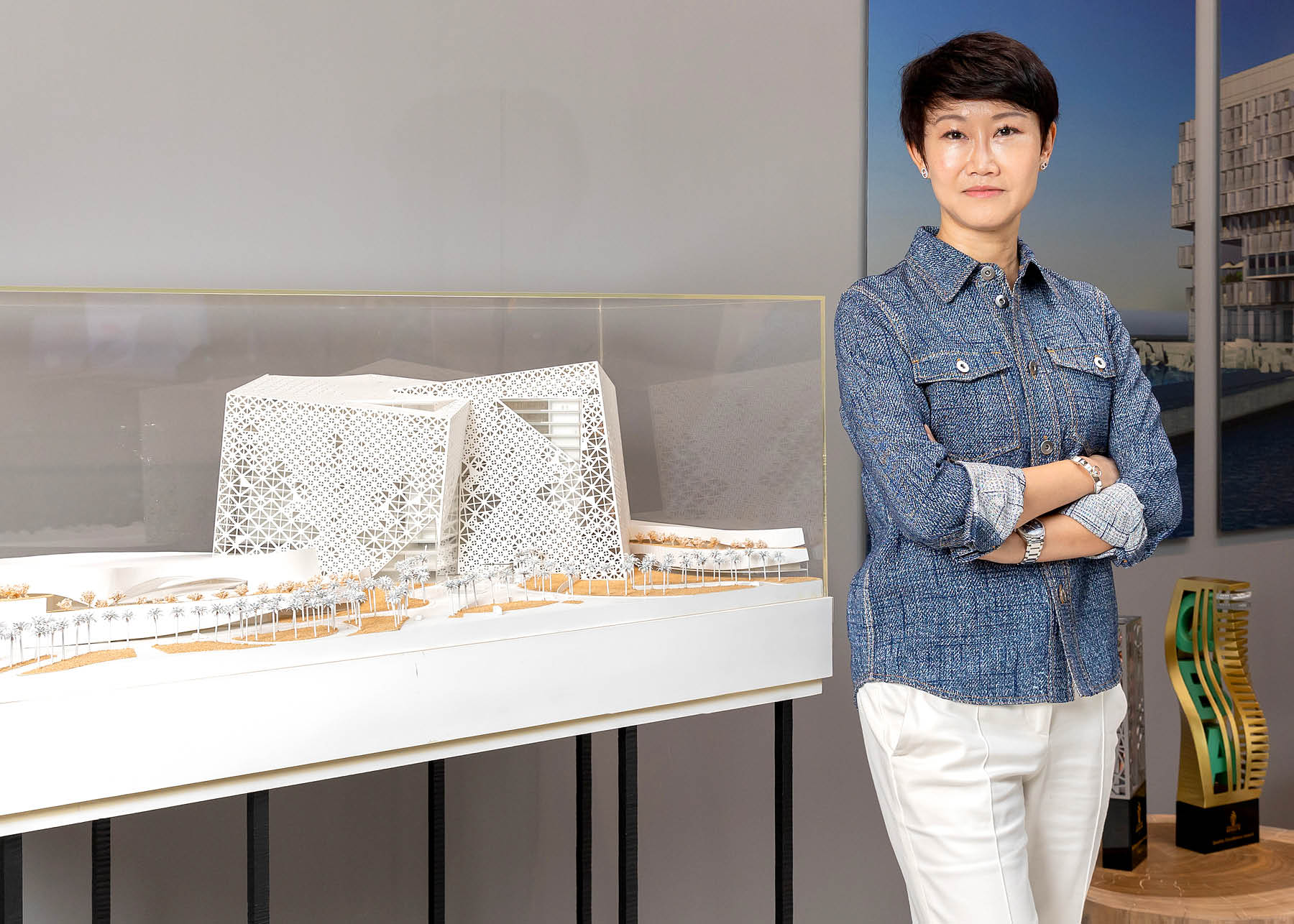
It also represented the first implementation of high-rise modular integrated construction (MIC) in Hong Kong – a major milestone. The prefabricated, stackable units are now being adopted in a growing number of public projects thanks to this successful debut.
While there were plenty of statutory and logistical challenges, and the hefty task of familiarizing the construction industry with the new technology, excellent teamwork and collaboration ensured the project’s success for all stakeholders.
“It’s important because it has become a physical example,” Lee says. “We have had I don’t know how many thousands of people come to visit it. Before seeing it, they didn’t believe in innovation. Now that they see that it’s built and the result is so good, people are starting to embrace innovation quicker. The uptake of this offsite construction is a lot faster – that is also something we are very proud of initiating.”
In fact, the InnoCell project helped Leigh & Orange win more awards than ever before during the pandemic period – among them the prestigious World Green Building Council’s Asia–Pacific Leadership in Green Building Awards for Leadership in Sustainable Design and Performance, Residential.
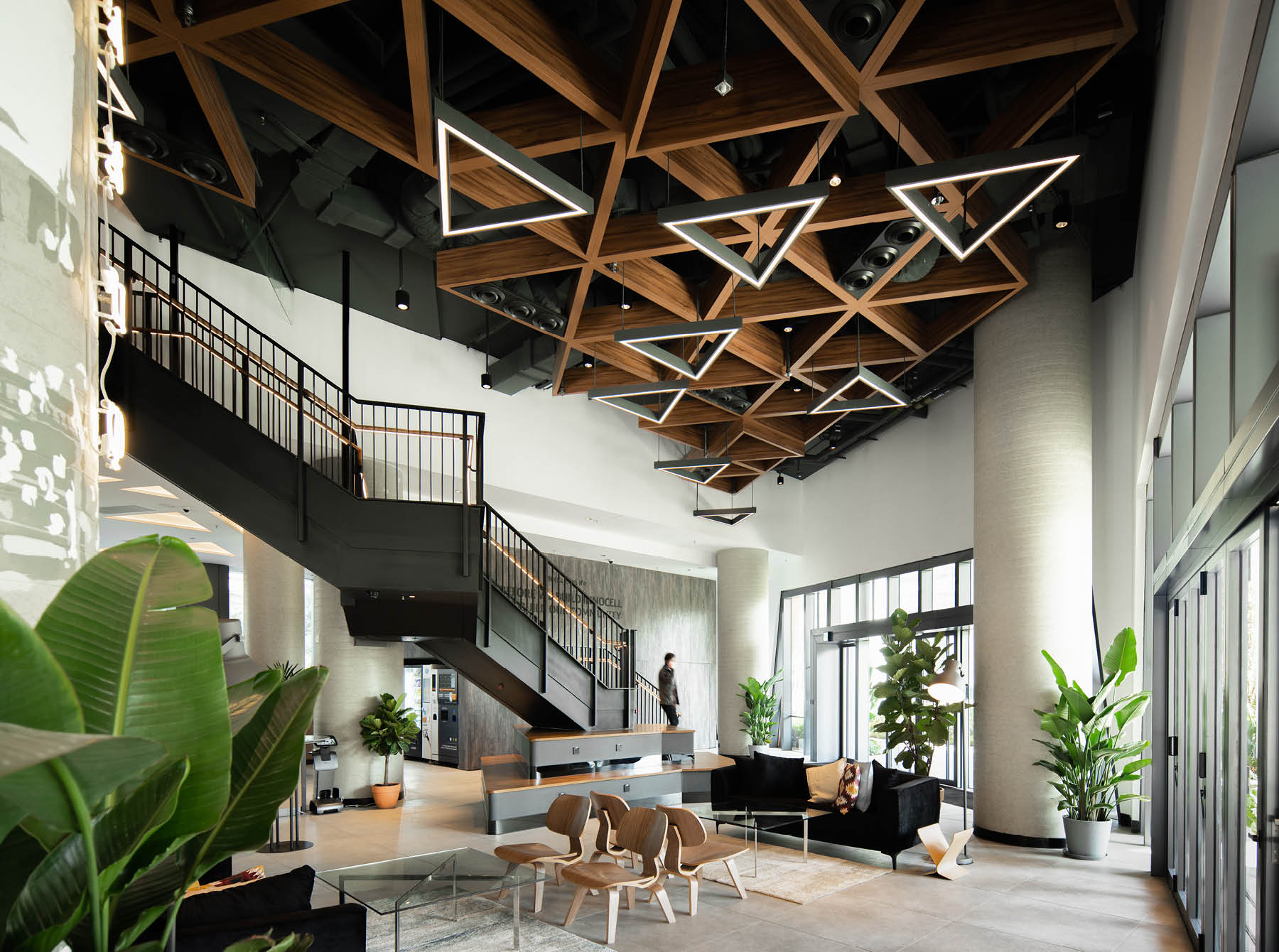
InnoCell, Hong Kong Science Park
“This company is very interesting,” Lee reflects. “When there is a crisis, when we are going through a difficult time, we actually all focus and work harder. We become more fearless to try something new, and these wins are both the reward and the recognition for those efforts.”
It’s a team she is incredibly thankful for. “It wasn’t easy to motivate the team during the pandemic, but we got really good results. We could see the market’s recognition on all fronts – not just for architectural design excellence but also quality, sustainability, carbon neutrality and efficacy.”
Leigh & Orange is also emerging as an industry leader in embracing smart technologies such as building information modeling and AI, among others.
Now, in a confusing post-pandemic environment, Lee sees the short-term outlook for Hong Kong and China as challenging for Leigh & Orange, but she has also identified a number of promising regional opportunities. For example, a project in Macau that had lost momentum is now gathering pace.
“We actually opened another office in Macau,” she reveals. “When everybody says slow down, we actually do more – it energizes us. We have been working in Macau for 20 years already and have done quite a number of prestigious projects there.”
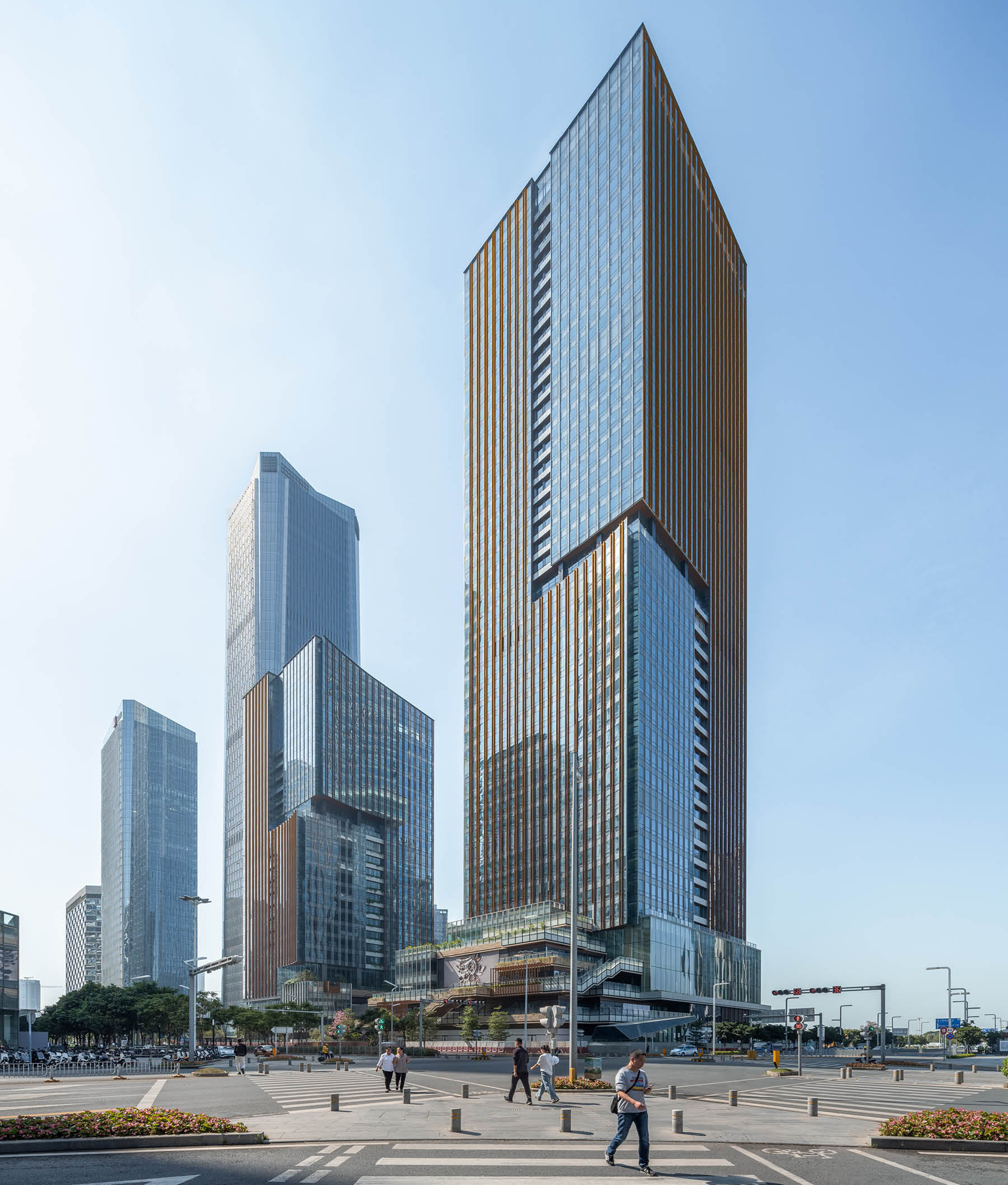
Shenzhen Qianhai CTF Finance Tower in Shenzhen, China
Currently in the offing is the Macau Central Library, which follows earlier achievements such as the completion of several integrated resorts, including Studio City and City of Dreams.
Leigh & Orange has also opened an office in Shenzhen in mainland China, within the Greater Bay Area – a vast megalopolis consisting of nine cities.
“One of the government policies is to ensure collaboration between these cities, so we opened this office to align with and support that policy and we are trying to find more opportunities there,” Lee says. “It appears to have been a good decision.”
The Middle East also holds strong growth potential for the firm, which has already established an impressive track record there, with equestrian projects a particular focus. Last year, Lee visited Saudi Arabia, Abu Dhabi and Dubai as part of a special cohort to help reconnect Hong Kong with the wider world and make valuable connections.
“We have worked on both of Hong Kong’s racecourses over many years, but it was the completely new Sha Tin Racecourse that really built our reputation. And so this specialist design expertise, as well as our focus on green building, actually helped us to very positively go out and get projects in the Middle East,” Lee says.
With plenty of large-scale complex buildings in Hong Kong also under its belt, such as the 50,000-seat Kai Tak Sports Park and Science Park in Hong Kong, Leigh & Orange is perfectly qualified to take on ambitious international projects.
“We are involved in a lot of integrated resort entertainment projects in Macau and the demand for these types of projects in the Middle East and the Asia–Pacific is booming,” Lee continues.
Data centers are another avenue that Leigh & Orange is exploring. “Now in many countries, there are a lot of science, technology and IT-related projects like data centers, and that is actually very aligned with our expertise,” she says.
And as demand for MIC grows, the company is perfectly positioned to benefit. “Other countries are starting to see the benefits of MIC, so we can share our knowledge and expertise with Middle Eastern and South-East Asian countries,” Lee explains.
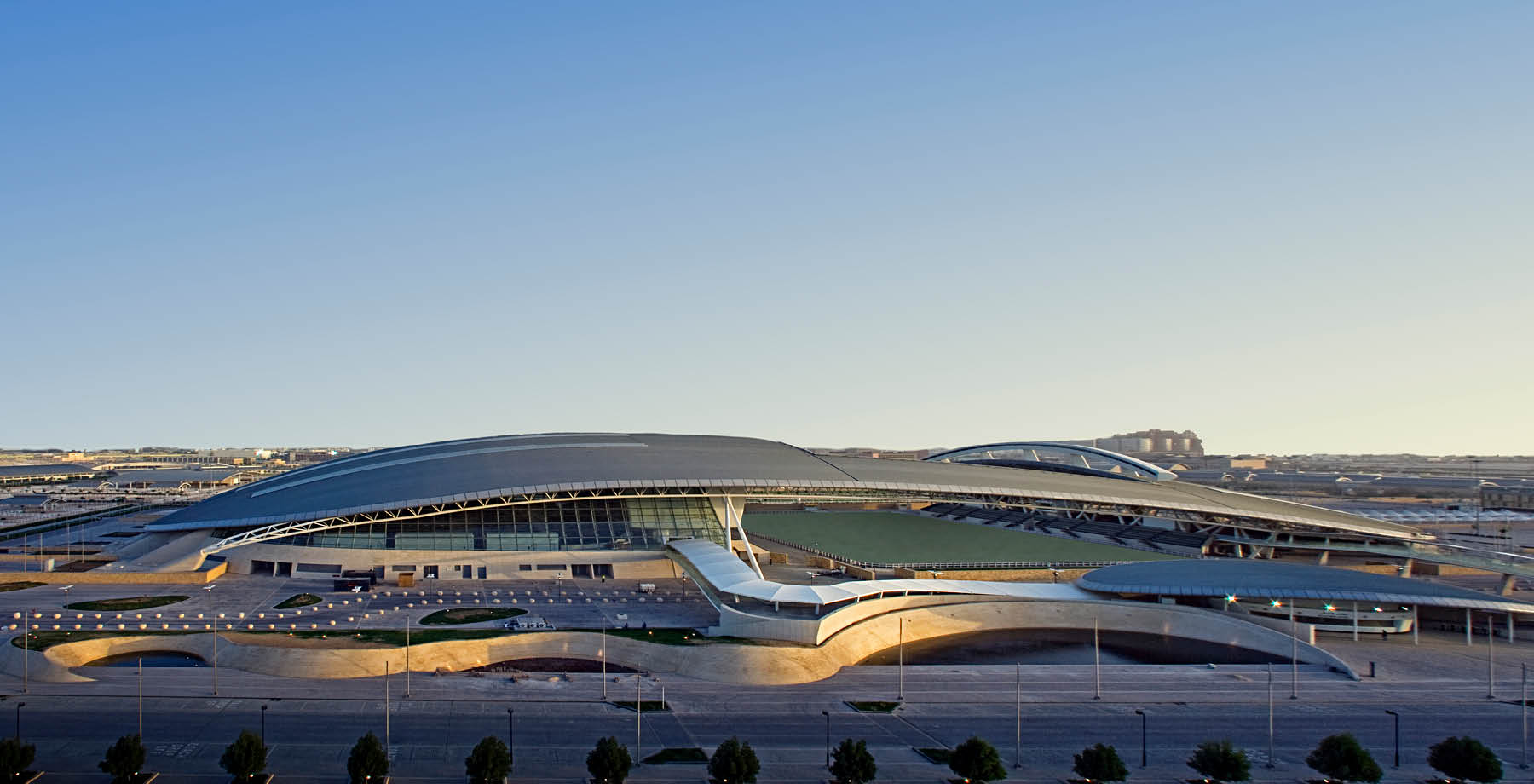
Al Shaqab Equestrian Academy, Doha, Qatar
Some of these achievements represent a fulfillment of the projections Lee made the last time she spoke to The CEO Magazine in 2019. But never one to be complacent, she is now looking ahead at what the next five years will bring.
“We will make more efforts in the expansion of our Asia–Pacific and Middle East business, to take advantage of the increased opportunities. And we will develop a larger presence in our Middle East offices, to better service our clients there,” she says.
As the company celebrates its 150th anniversary, which will be marked by the publication of a commemorative book entitled, Building Cadences – Leigh & Orange, Architects since 1874, Lee is taking time to reflect on the company’s historic trajectory, which laid the foundations for much of modern Hong Kong.
“The company has encountered three economic booms – one in the 1890s, one in the 1980s and, more recently, since the 1990s. So we believe in change and adaptability, and then the opportunities will open up,” she says.
“We are confident that we will remain on the international stage, and that the resilience that we have built up throughout the 150 years will allow us to continue our success in many different markets and different cultures.
“We need to be innovative; we need to promote innovation and to lead it. Sometimes we will make mistakes throughout the process. It could be painful, but we have continued to lead that process.”
Culture is key to achieving these goals, with Lee highlighting the common values of her team. “We hold a lot of traditional strengths but we are quite fearless to change,” she says. “Many people find it very difficult to believe that a company with 150 years of history could have a leadership and culture that are so agile, but these are our characteristics.”
Leigh & Orange is not interested in entering lots of ‘fancy’ competitions, preferring to embark on projects with real end users, according to Lee.
Mentoring and training the next generation of architects is also an important part of its vision, with Lee herself having been encouraged to succeed within the company. When she joined Leigh & Orange, it was her first job and she has stayed the course, rising to the top.
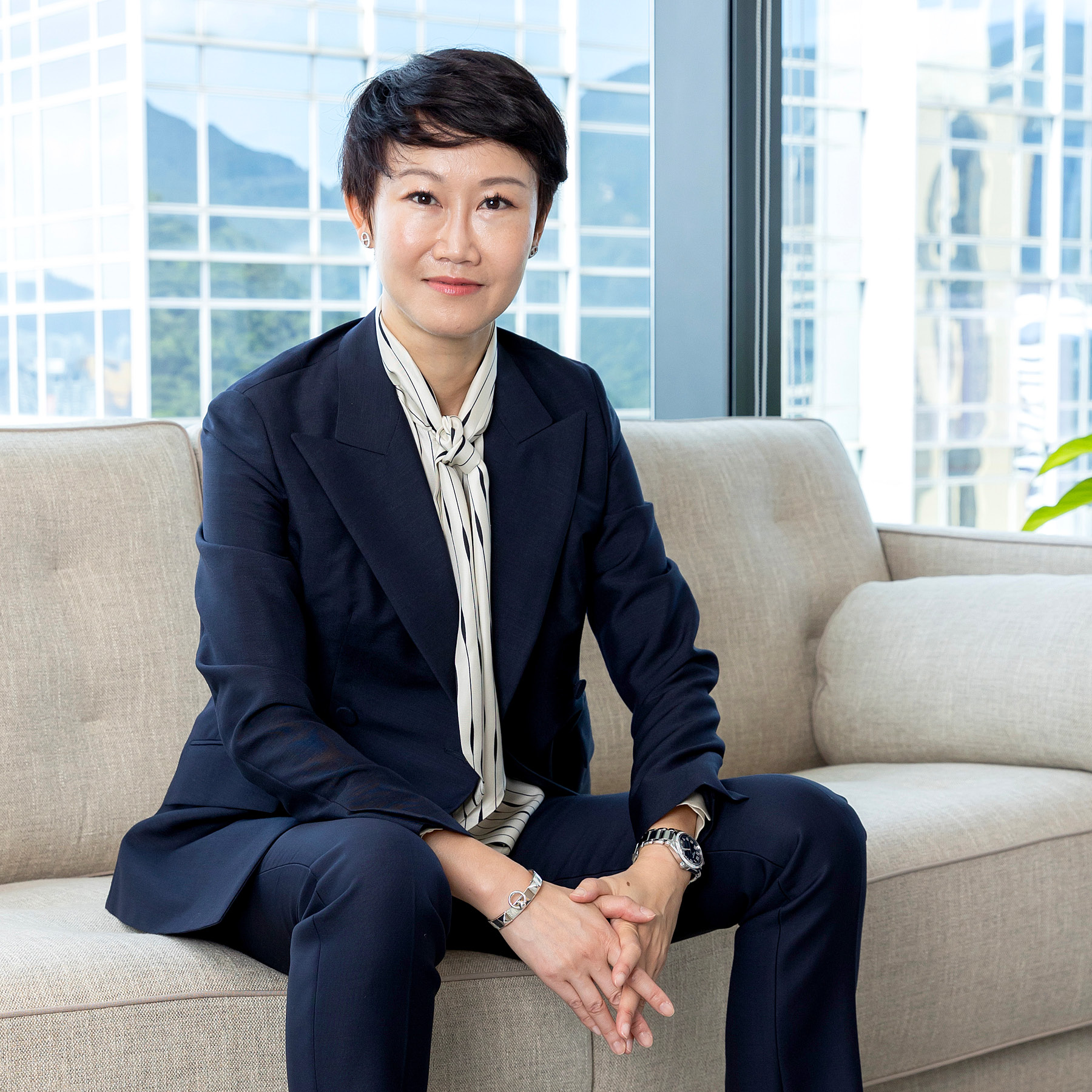
Teamwork plays an important role in this vision and ambition, with Leigh & Orange prioritizing teamwork over promoting individual profiles. Projects are always credited to the company, and there is no ‘cookie cutter’ approach to style, which Lee believes makes working there a creatively fulfilling experience.
“Our style is to customize our approach to every project according to the needs and ambitions of each individual client. Every project is unique,” she says.
Pushing the boundaries of sustainability in buildings and adopting the latest in technology will continue to be a priority for Leigh & Orange, with exploring new markets, building typologies and adopting technologies also paramount. But one thing remains constant.
“We will always place people in harmony with their surroundings and that is our key objective,” Lee insists. “That remains our core value.”
Now that is something to smile about.
